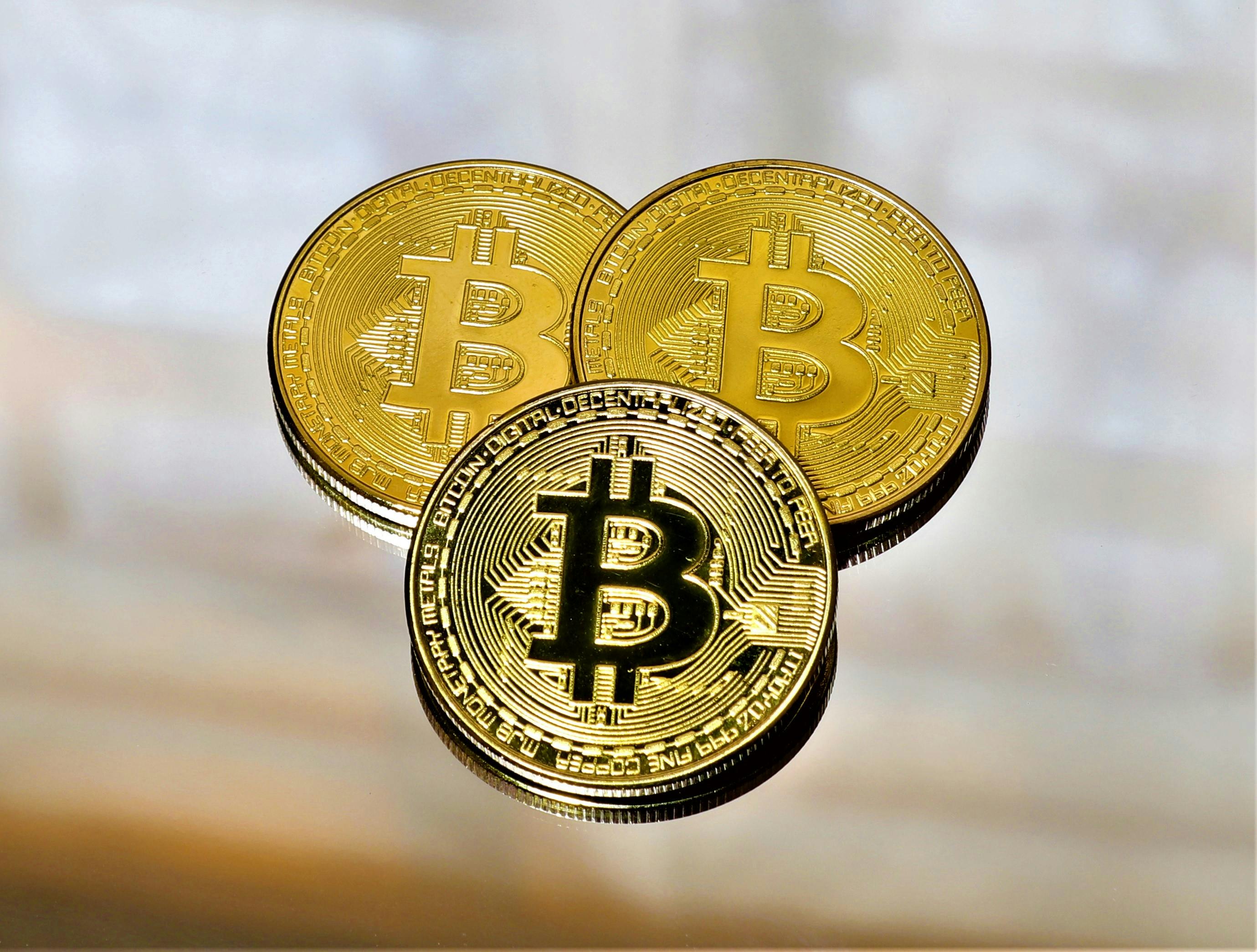ARTICLE AD
The drop in Runes transactions is part of a broader trend observed in the Bitcoin DeFi space.
The Bitcoin Runes protocol, once a hot topic within the cryptocurrency community, is seeing a significant decline in its transaction volume. Initially launched on April 20, coinciding with the fourth Bitcoin halving, the protocol experienced a surge in activity that has since tapered off dramatically.
Initial Surge and Peak Activity
Upon its launch, Bitcoin Runes quickly captured the market’s attention, largely driven by the excitement surrounding the Bitcoin halving event. On April 20, Runes transactions accounted for 57.7% of all Bitcoin transactions. This surge in activity saw Runes transactions dominate the Bitcoin blockchain, peaking at 81.3% of all transactions on April 23. This high level of engagement helped drive Bitcoin mining revenue to an all-time high of $107.7 million.
However, this dominance was short-lived. By May 2, the proportion of Runes transactions had plummeted to 11.1%, marking a significant reduction from its peak just days earlier.
Declining Transactions and Fees
The initial excitement surrounding Bitcoin Runes led to impressive transaction volumes and fees. On the launch day, 3,344 Runes were carved, generating nearly $3 million in fees. Despite a peak on April 26 with 23,061 Runes carved, this momentum quickly faded. By May 21, less than 200 Runes were carved, and the corresponding transaction fees had dropped to a mere less than 10% of total Bitcoin fees, down from 70.1% at launch.
Data from Dune Analytics highlights the fluctuating trend of Runes activity. After the initial spike, Runes transactions have seen a consistent decline. As of May 22, Runes represented just 12.7% of Bitcoin transactions, a steep drop from their peak.
This decline is mirrored in the overall transaction fees generated by Runes, revealing the challenges of maintaining sustained interest and activity in the cryptocurrency market.
Photo: cryptokoryo_research / Dune
Market Dynamics and Future Outlook
The drop in Runes transactions is part of a broader trend observed in the Bitcoin DeFi space, known as BTCFi. Despite the initial surge in interest, fueled by the excitement surrounding the Bitcoin halving, the sustainability of projects like Runes remains uncertain.
Several factors have contributed to the initial surge and subsequent decline. The influx of private capital and optimistic market sentiment played crucial roles in driving up valuations and initial interest. However, the lack of sustained demand and the inevitable market adjustment have tempered this enthusiasm.
Despite the decline, Runes have left a lasting impact on the Bitcoin market, generating substantial transaction fees and testing the viability of new protocols. As Runes settle into a more stable, less dominant role, their influence on the Bitcoin ecosystem is likely to diminish, leading to a more predictable integration.
The future of Runes remains promising as part of the broader Bitcoin ecosystem. Their initial hype may have waned, but they have proven the potential for innovation within the cryptocurrency space, offering both opportunities and challenges for developers and investors alike.

 7 months ago
20
7 months ago
20 

